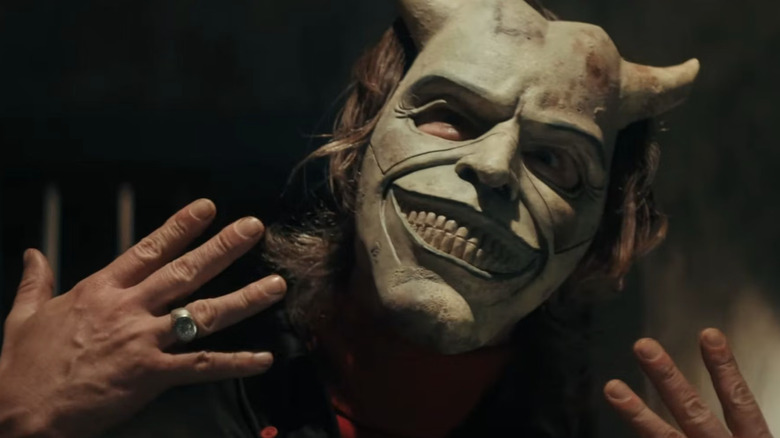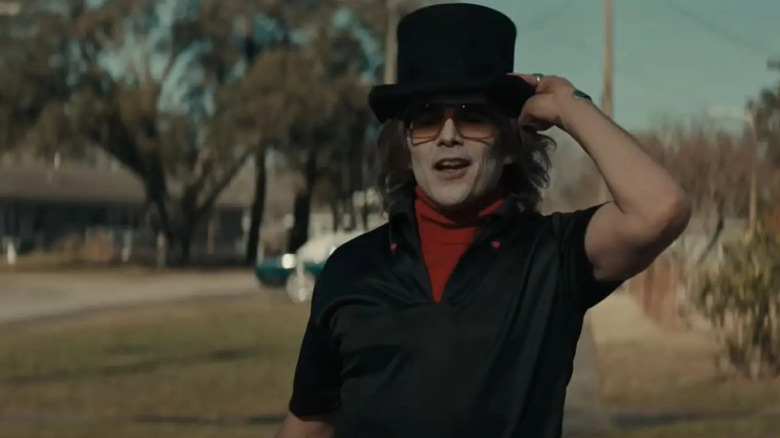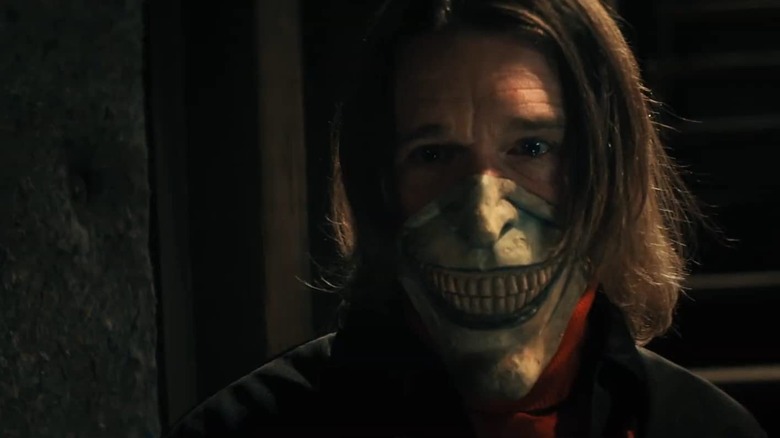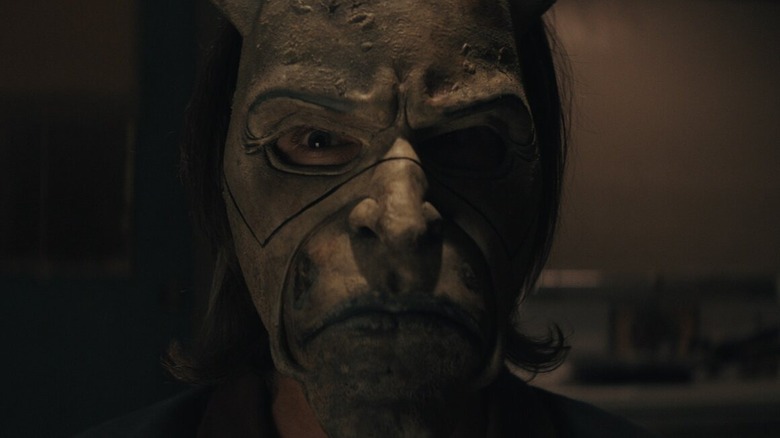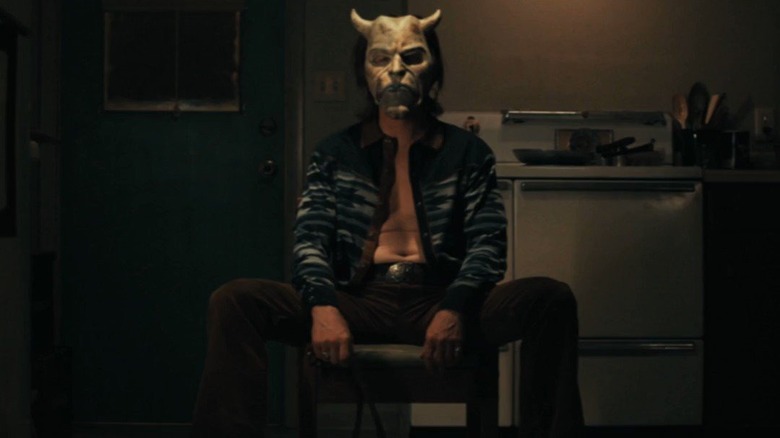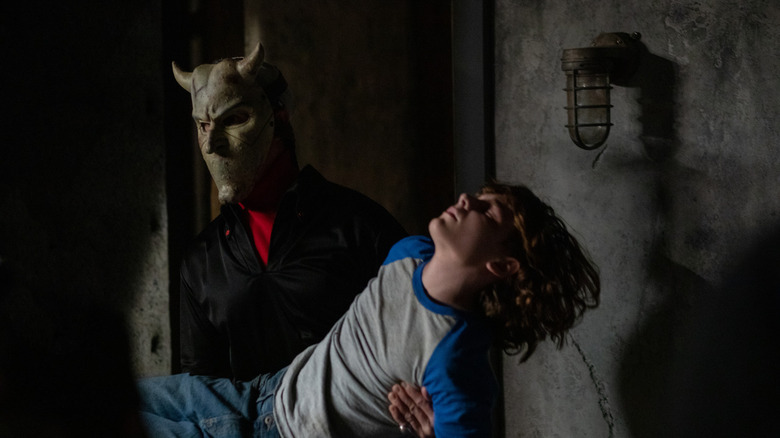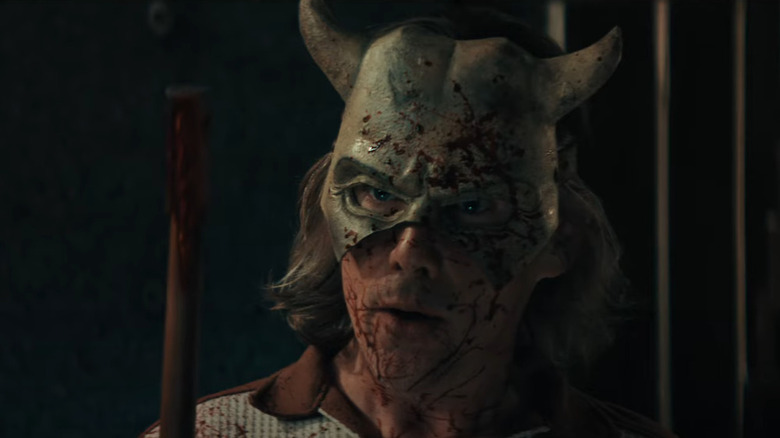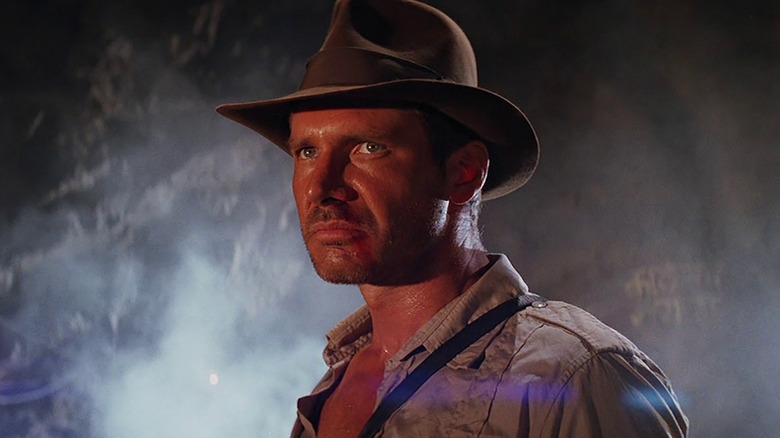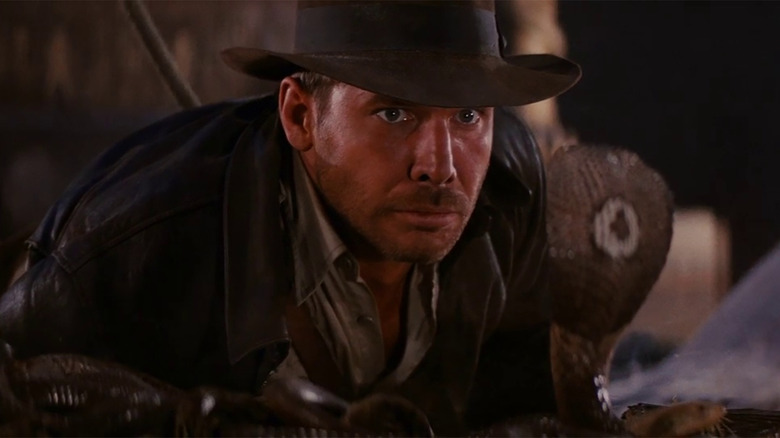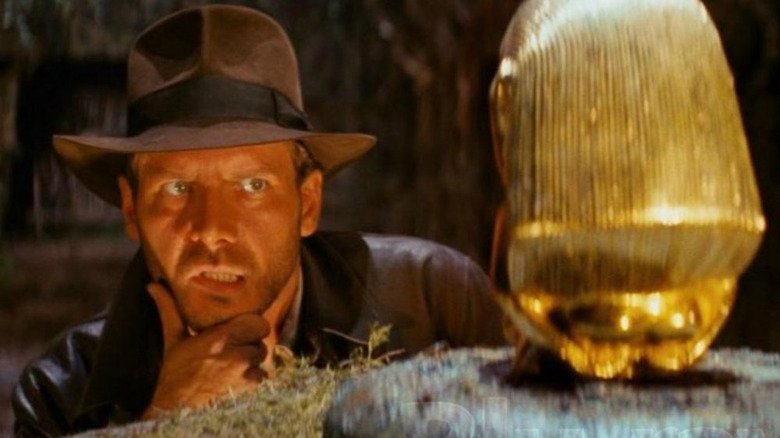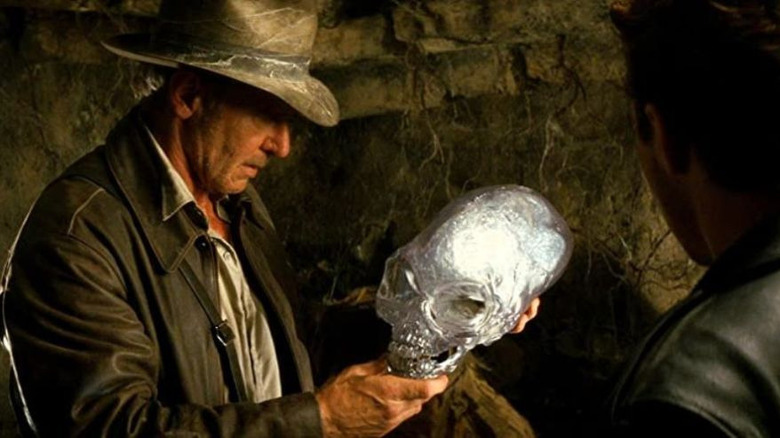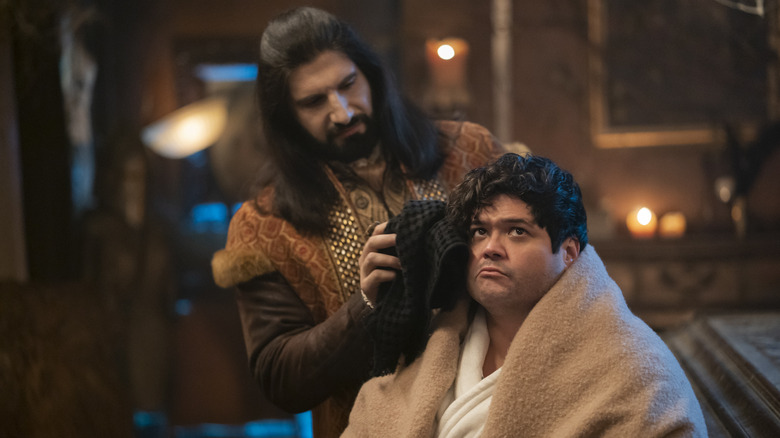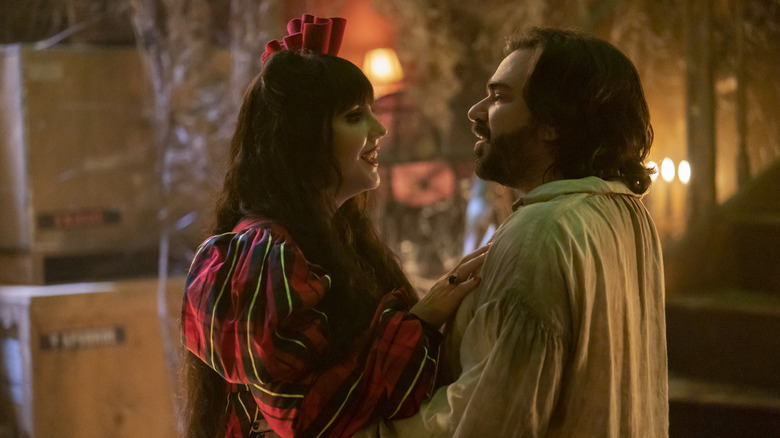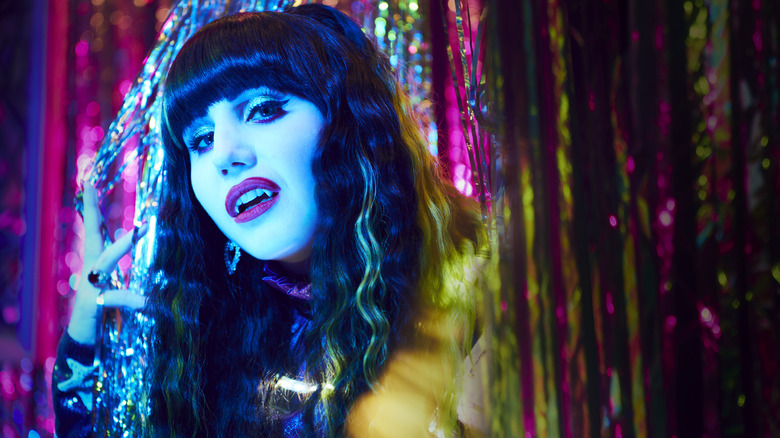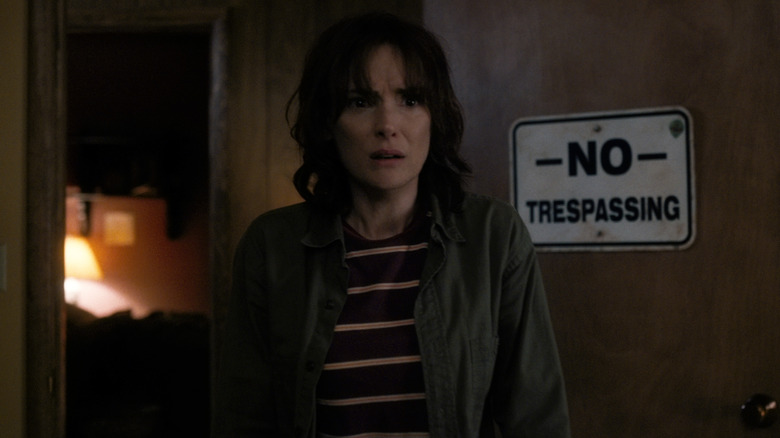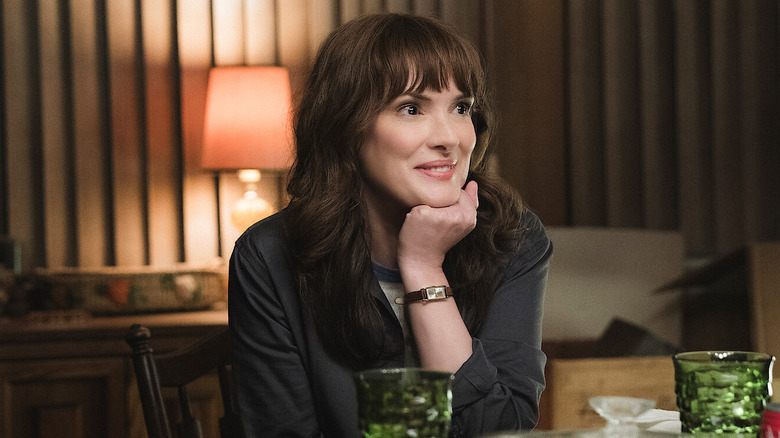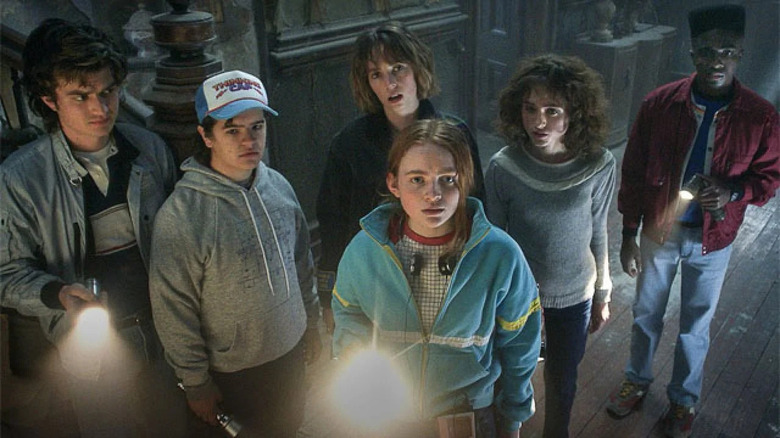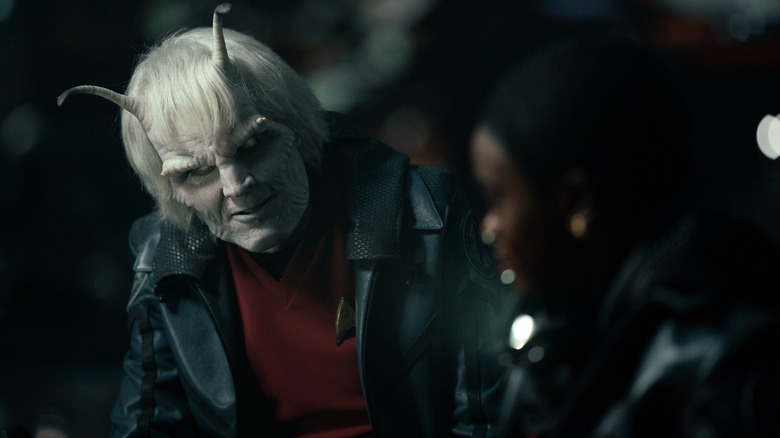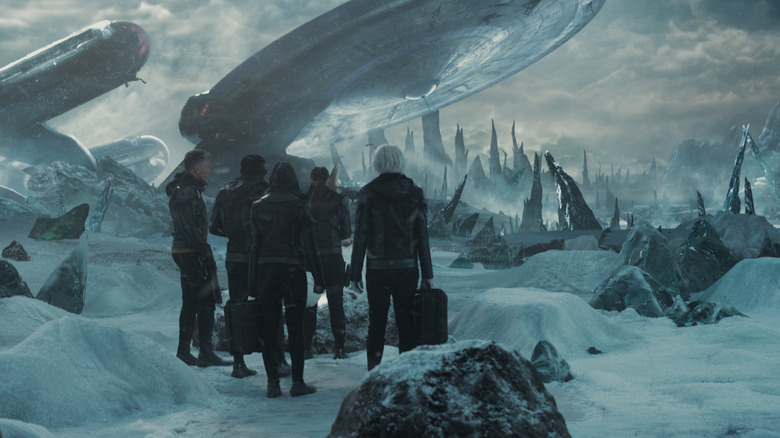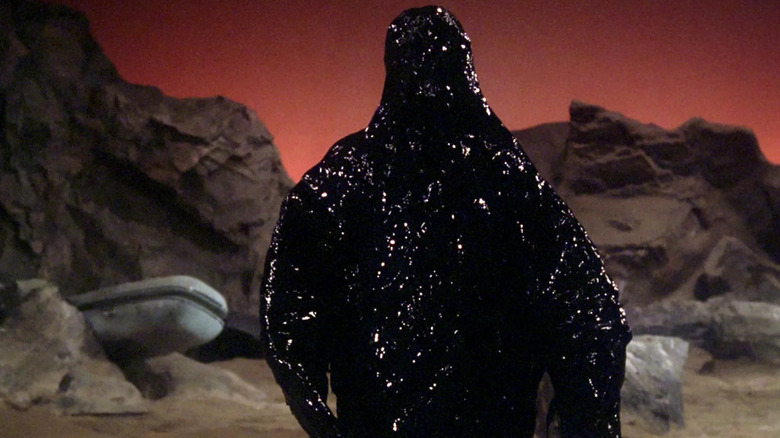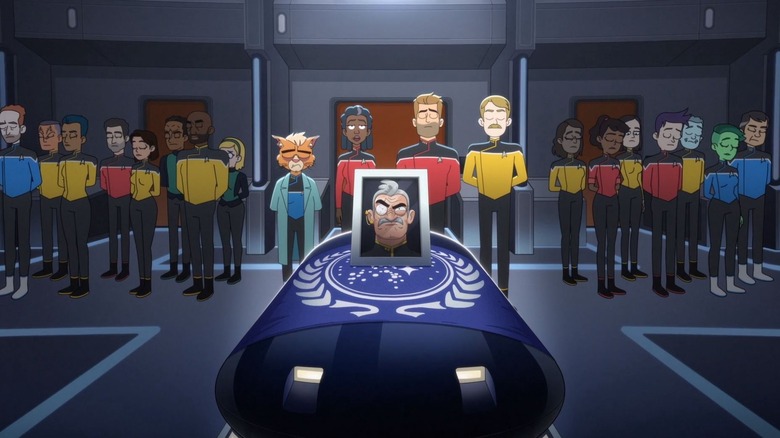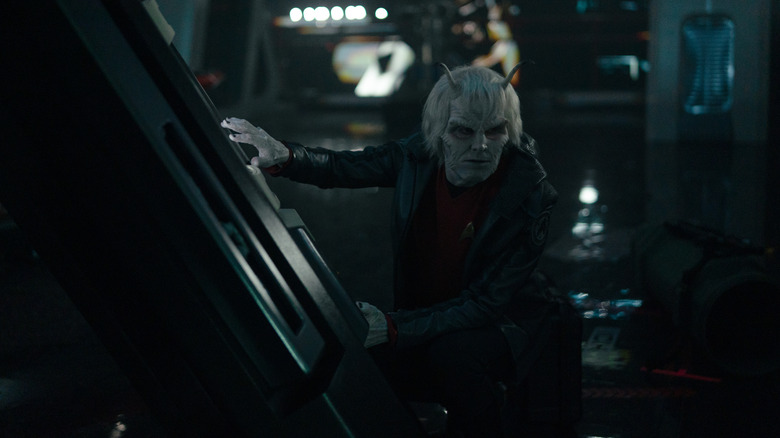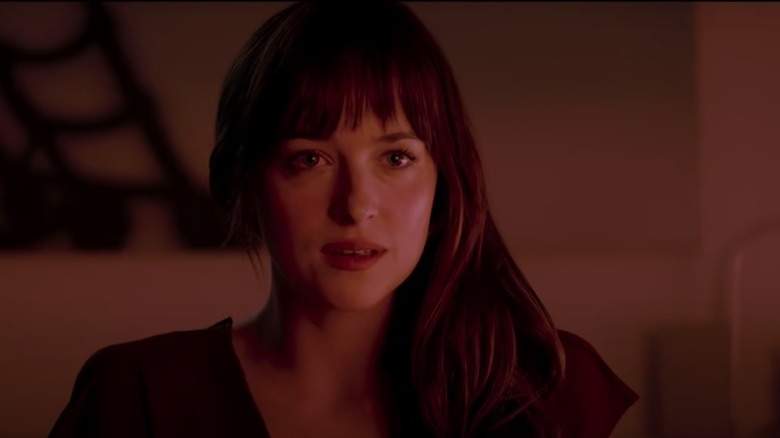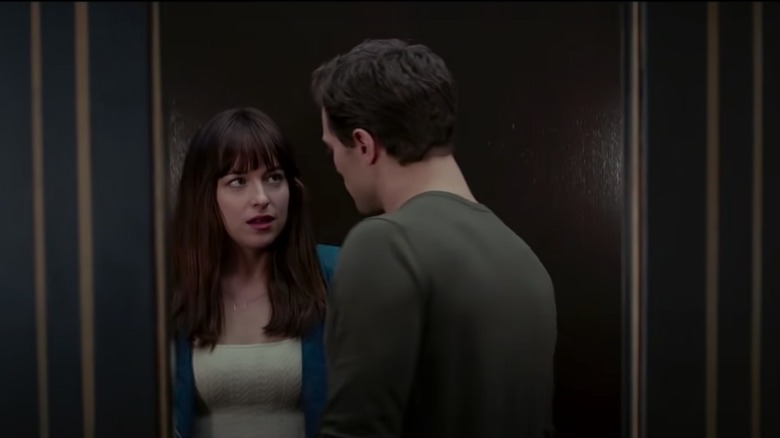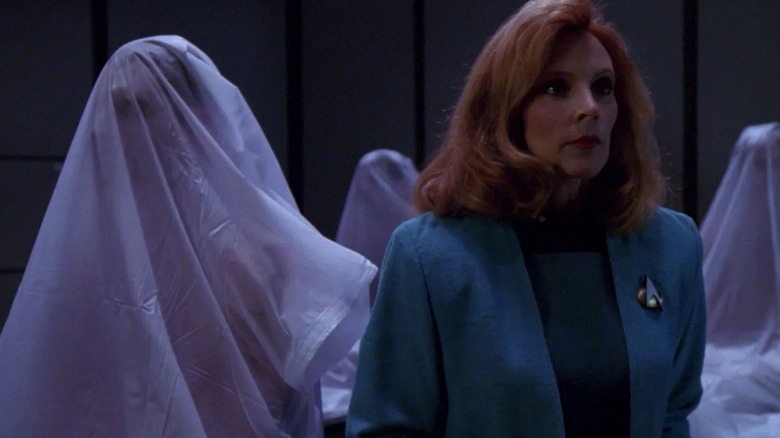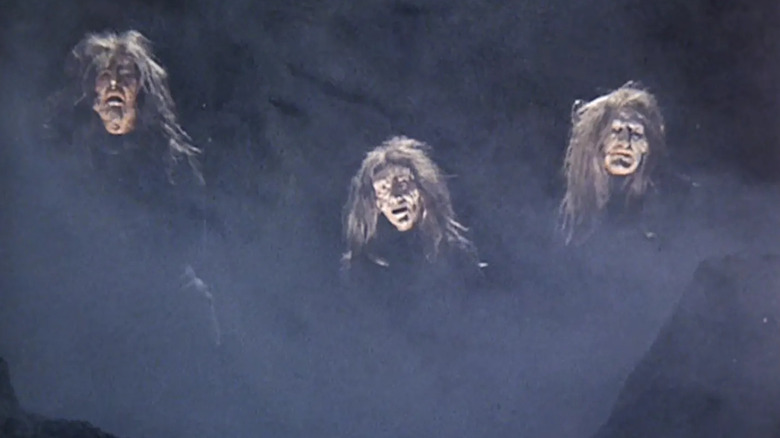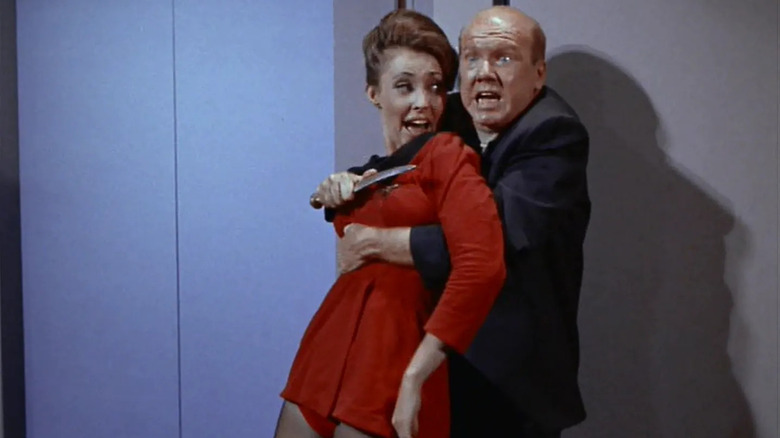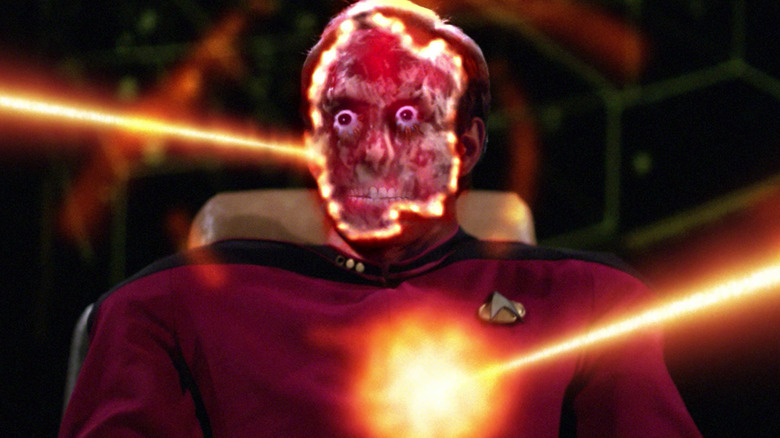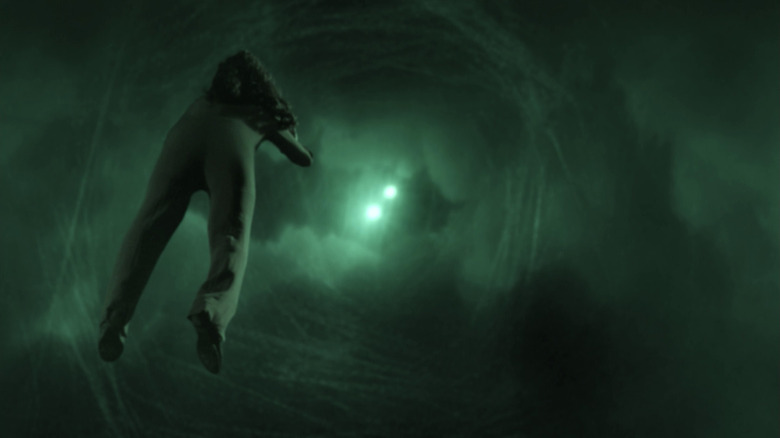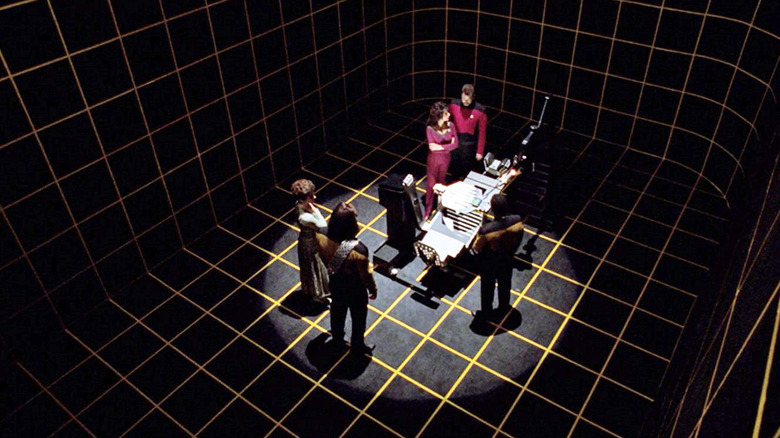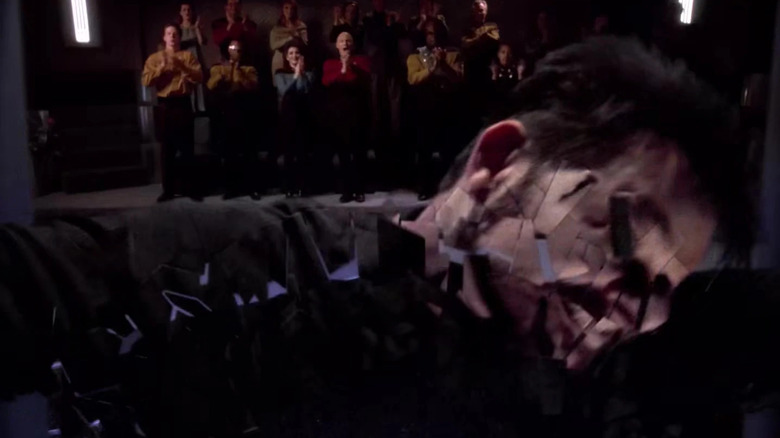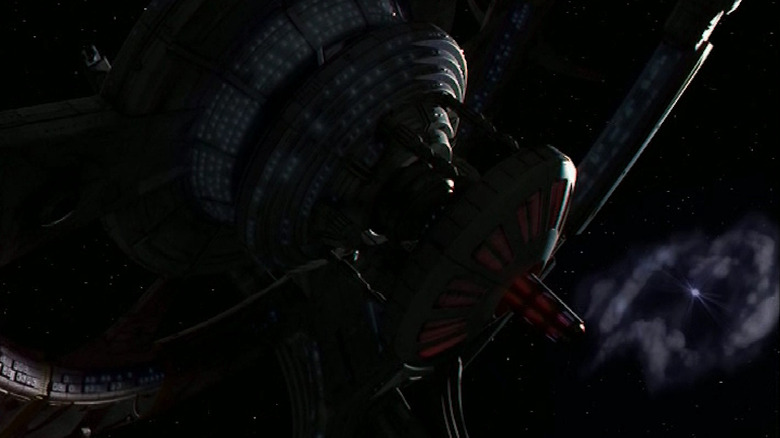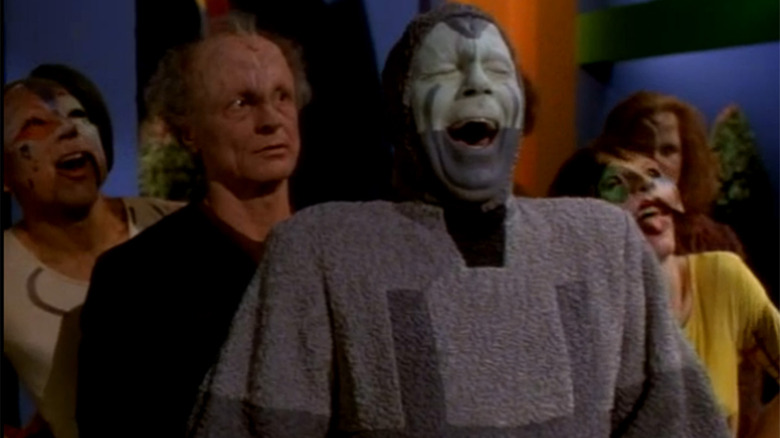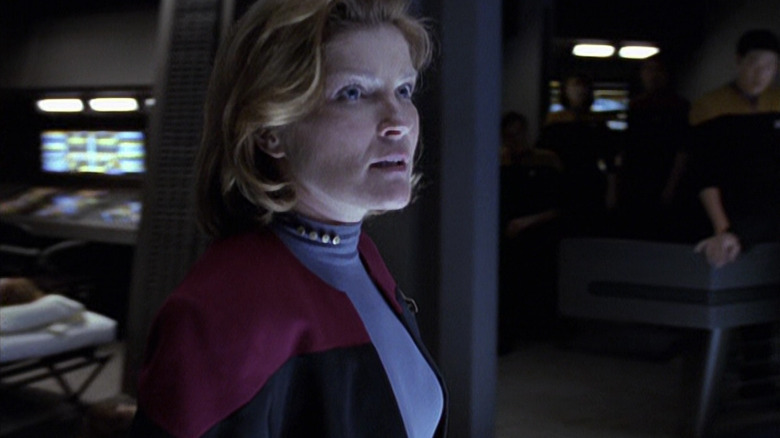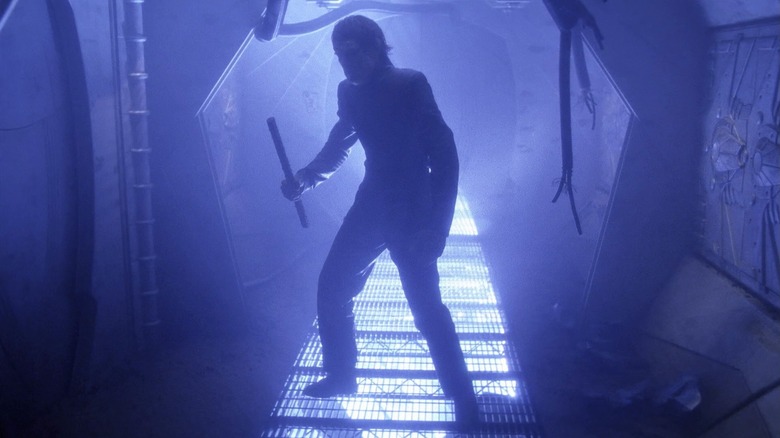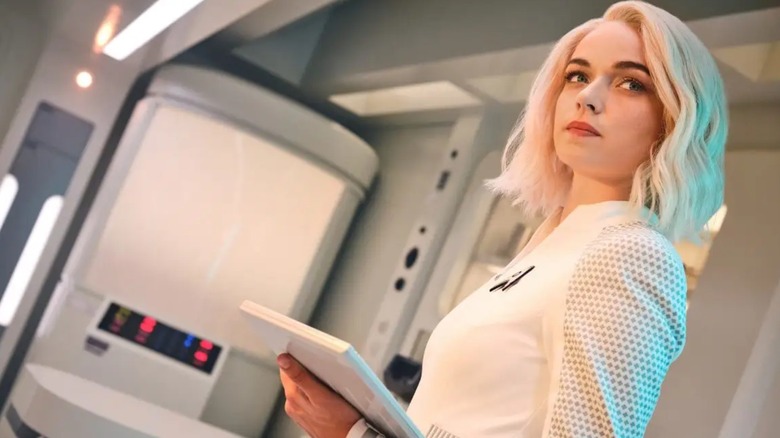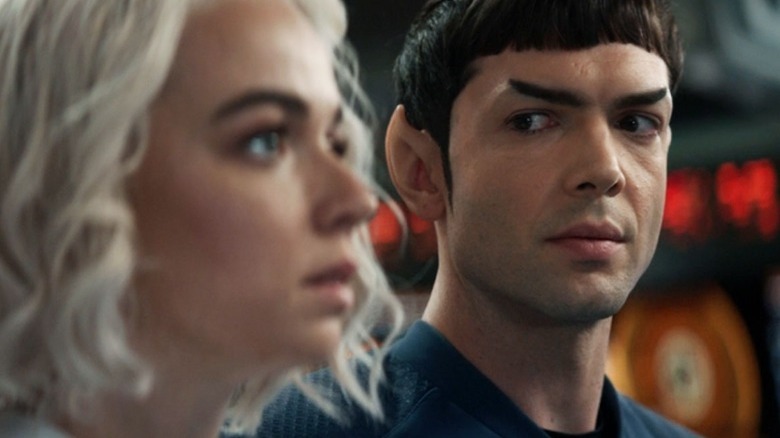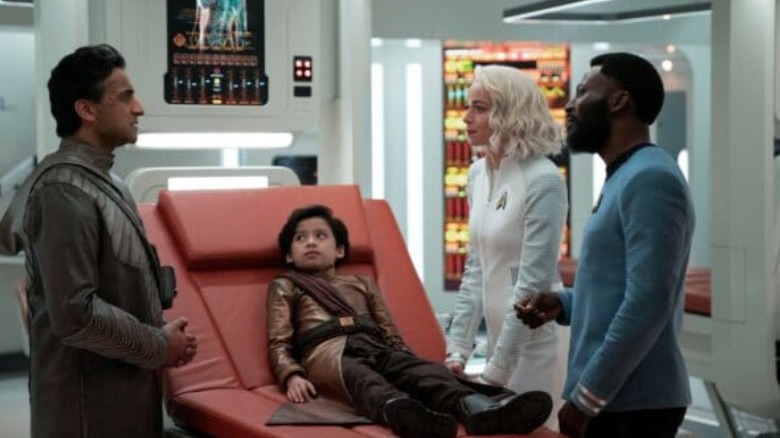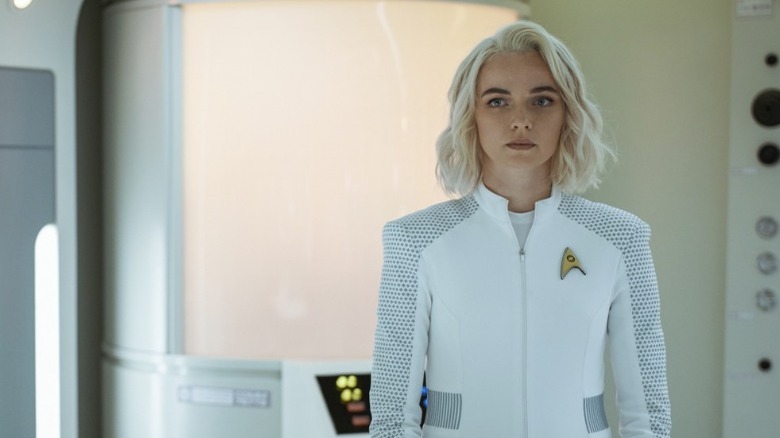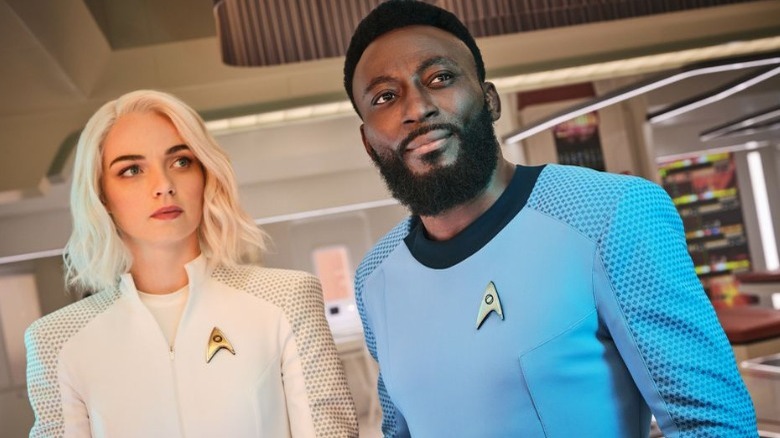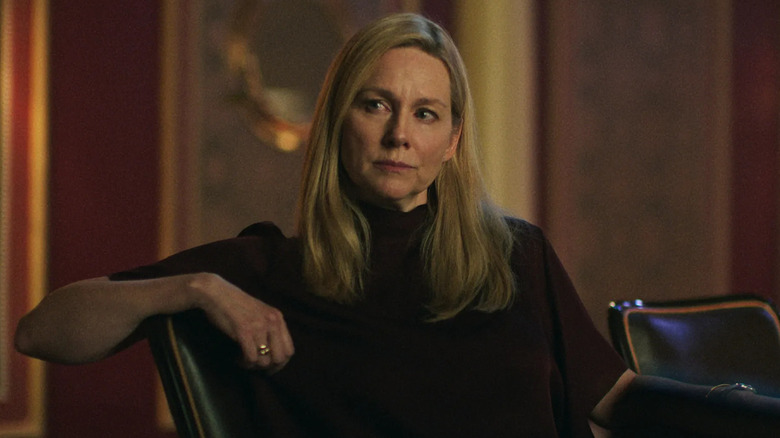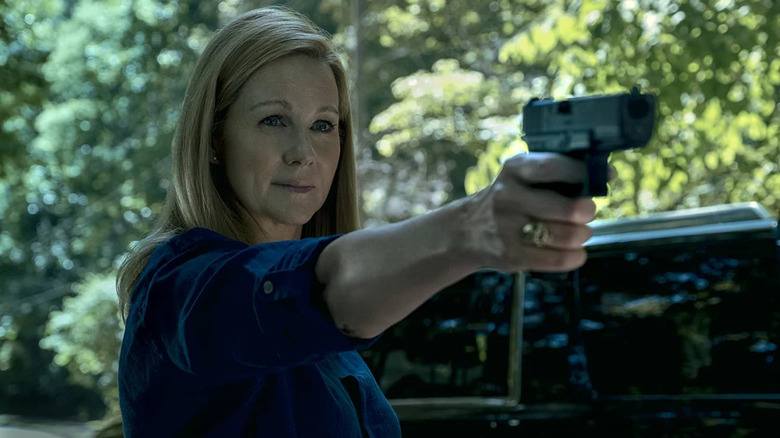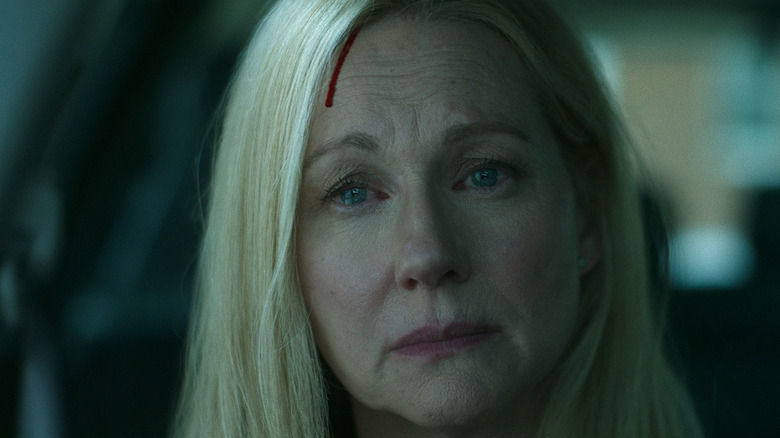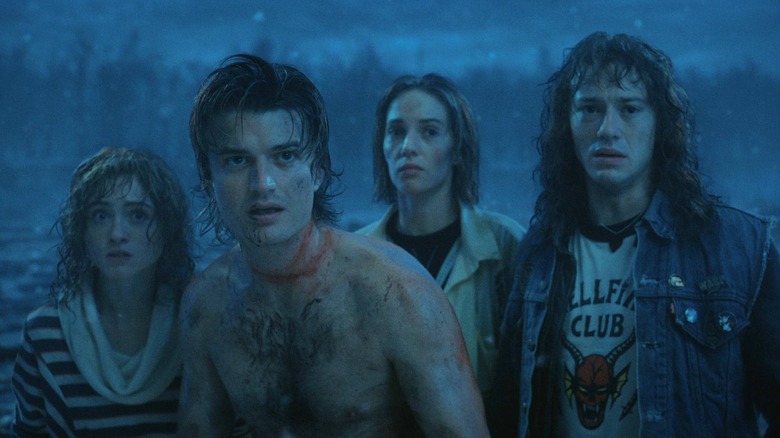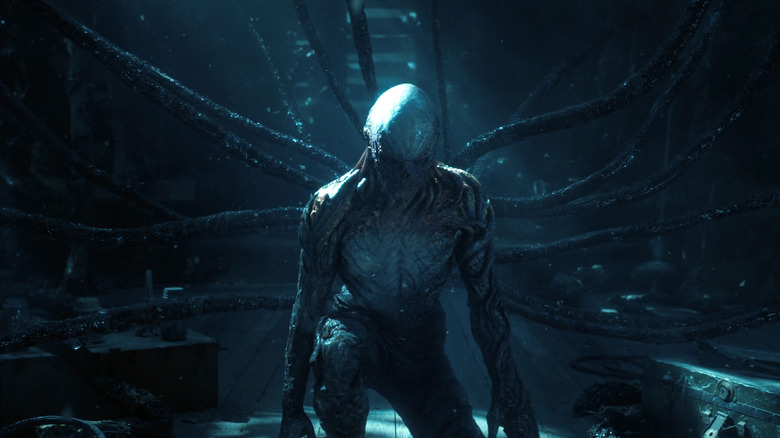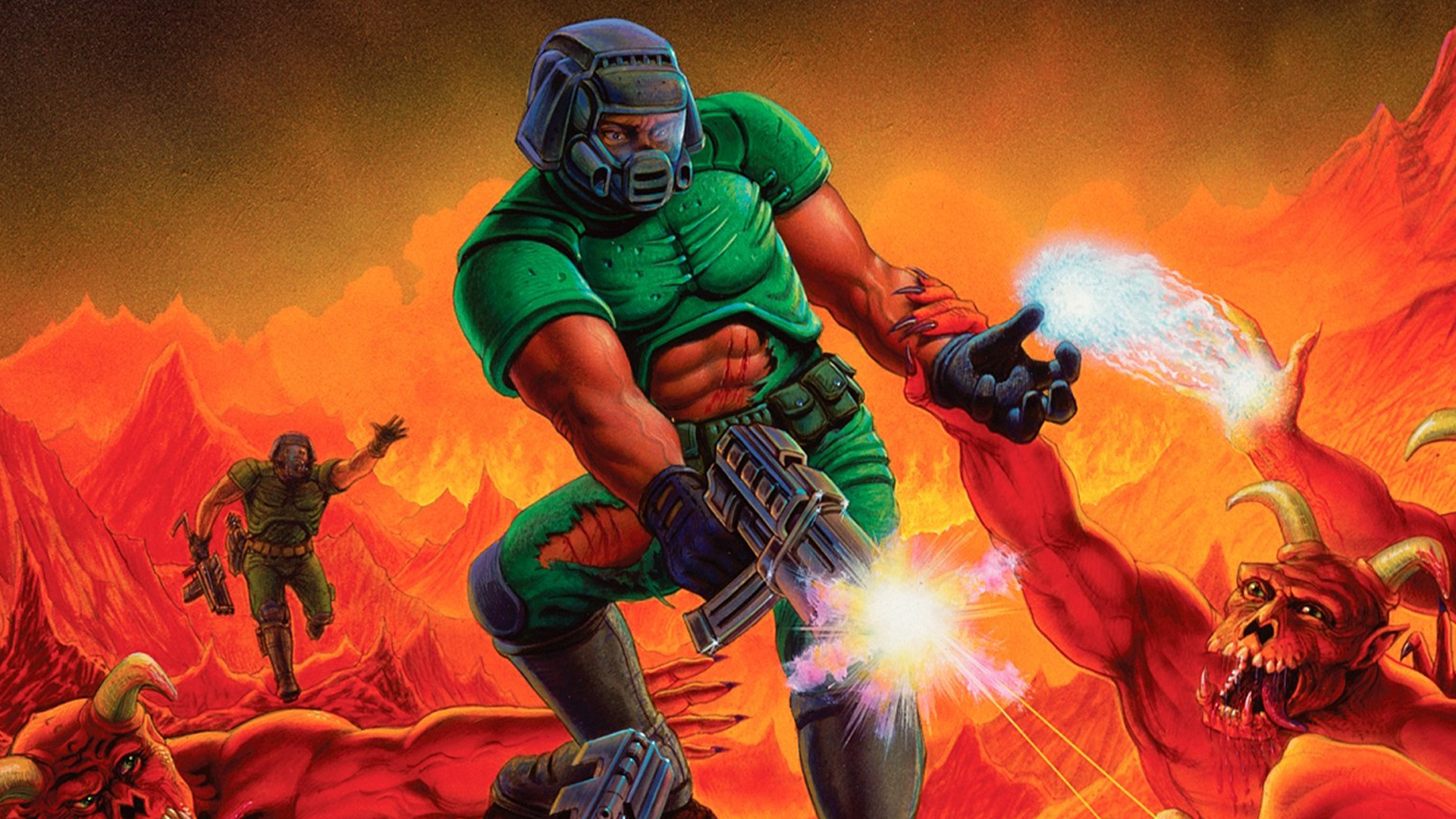Russia’s invasion of Ukraine has exacerbated a number of fault lines already present within the global energy supply chain. This is especially true in Europe, where many countries were reliant on the superstate's natural resources, and are now hastily looking to cut ties before the supply is shut off. This has revealed the fragility of Europe’s energy market, and caused it to drive up demand and prices for consumers all over the globe.
In the UK, things are becoming increasingly dire and energy prices are skyrocketing. Bad planning on the infrastructure side and the cancellation of several major domestic energy efficiency programs are exacerbating the problem. It’s clear that real, useful action on the national level isn’t coming any time soon. So, I wondered, what would happen if I, personally, simply tried to break up with natural gas on my own? It’s relatively straightforward but, as it turns out, it comes at a cost that only one percenters will be able to bear.
Dan Cooper: Energy consumer
I live in a four-bedroom, end-terraced house that’s around 150 years old and I’ve tried, as best as I can, to renovate it in an eco-friendly way. Since we bought it almost a decade ago, my wife and I have insulated most of the rooms, installed a new gas central heating system and hot water cylinder. We are, like nearly 20 million other households in the UK, reliant on natural gas to supply our home heating, hot water and cooking. And in the period between January 8th and April 7th, 2022, I was billed on the following usage:
Usage (kWh) |
Cost Per Unit (GBP) |
Cost (GBP) |
|
Electricity (incl. standing charge) |
861 |
0.32 |
£307.18 |
Gas (incl. standing charge) |
8696.7 |
0.753 |
£678.80 |
Total (incl. tax and other charges) |
£1,035.28 |
Essentially, I paid around $1,300 for my natural gas and electricity in the first quarter of 2022. That figure is likely to rise significantly, as the UK’s mandatory price cap on energy rose by more than 50 percent in April. A further price rise is scheduled for October, with the figure set at £2,800 per year, even though wholesale energy prices are no longer increasing. It’s likely that my energy bill for the first quarter of 2023 will be nearly twice what I’ve just paid. In 2020, the UK reported that 3.16 million households were unable to pay for their energy costs; that figure is likely to leap by 2023.
In the US, the EIA says that monthly utility bills rose to a national average of $122 in 2021, with Hawaii ($178 per month) and Utah ($82 per month) the most expensive and cheapest state to buy energy in. The average price per kWh is around 13.7 cents, which is less than half the comparable price in the UK as it currently stands. For natural gas, the average natural gas price for residential customers was $10.84 per thousand cubic feet in 2020.
The gas problem
Much of Europe is reliant on natural gas, a significant proportion of which was supplied by Russia. Despite a rapid decline in domestic production, Europe sought to make natural gas the bedrock of its energy policy in the medium term. A 2013 policy paper written by Sami Andoura and Clémentine d’Oultremont outlined the reasons why officials were banking on it. “An economically attractive option for investors, a potential backup source for renewables and the cleanest fossil fuel, natural gas is expected to play an important role in the European transition towards a low-carbon economy by 2050.” This is despite the fact that “European energy resources are being depleted, and energy demand is growing.”
In 2007, then EU Energy Commissioner Andris Piebalgs said that the bloc is “dependent on imports for over one half of our energy use.” He added that energy security is a “European security issue,” and that the bloc was vulnerable to disruption. “In 10 years, from 1995 to 2005, natural gas consumption in the EU countries has increased from 369 billion to 510 billion m3 [of gas] year,” he said. He added that the EU’s own production capacity and reserves peaked in the year 2000.
The EU’s plan was to pivot toward Liquified Natural Gas (LNG), methane which has been filtered and cooled to a liquid for easier transportation. It enables energy supplies from further afield to be brought over to Europe to satisfy the continent’s need for natural gas. But the invasion of Ukraine by Russia has meant that this transition has now needed to be accelerated as leaders swear off Russian-sourced gas and oil. And while the plan is to push more investment into renewables, LNG imports are expected to fill much of the gap for now.
Except, and this is crucial, many of the policy decisions made during this period seem to be in the belief that nothing bad would, or could, disrupt supply. Here in the UK, wholesale gas prices have risen five times since the start of 2021 but there’s very little infrastructure available to mitigate price fluctuations.
The Rough Field is a region in the North Sea situated 18 miles off the coast of Yorkshire, and was previously a source of natural gas for the UK. In 1985, however, it was converted into a natural gas storage facility with a capacity of 3.31 billion cubic meters. This one facility was able to fulfill the country’s energy needs for a little more than a week at a time and was considered a key asset to maintaining the UK’s energy security.
However, Centrica, the private company spun out of the former state-owned British Gas, opted to close the field in 2017. It cited safety fears and the high cost of repair as justification for the move, saying that alternative sources of gas – in the form of LNG – were available. At the time, one gas trader told Bloomberg that the closure would “boost winter prices” and “create seasonal swings in wholesale energy costs.” He added that the UK would now be “competing with Asia for winter gas cargoes,” raising prices and increasing reliance on these shipments.
And, unsurprisingly, the ramifications of this decision were felt in the summer of 2017 when a pair of LNG tankers from Qatar changed course. The vessels were going to the UK, and when they shifted direction, Bloomberg reported that prices started to shift upward almost instantly.
Analysis from TransitionZero, reported by The Guardian, says that the costs associated with natural gas are now so high that it’s no longer worth investing in as a “transition fuel.” It says that the cost to switch from coal to gas is around $235 per ton of CO2, compared to just $62 for renewables as well as the necessary battery storage.
Swearing off gas
In order to break up with gas in my own home, I’ll need to swap out my stovetop (not so hard) and my whole central heating system (pretty hard). The former I can likely achieve for a few hundred dollars, plus or minus the cost of installation. (Some units just plug in to a standard wall socket, so I may be able to do much of the work myself if I’m feeling up to the task.) Of course, getting a professional to unpick the gas pipeline that connects to my stovetop is going to be harder.
Unfortunately, replacing a 35kW condensing gas boiler (I have the Worcester Bosch Greenstar 35CDi) is going to be a lot harder. The obvious choice is an Air Source Heat Pump (ASHP), or even a geothermal Ground Source Heat Pump (GSHP), both of which are more environmentally-friendly. After all, both are more energy-efficient than a gas boiler, and both run on electricity which is theoretically cleaner.
More generally, the UK’s Energy Saving Trust, a Government-backed body with a mission to advocate for energy efficiency, says that the average Briton should expect to pay between £7,000 and £13,000 to install an ASHP. Much of that figure is dependent on how much of your home’s existing hardware you’ll need to replace. A GSHP is even more expensive, with the price starting at £14,000 and rising to closer to £20,000 depending on both your home’s existing plumbing and the need to dig a bore hole outside.
In my case, heat pump specialists told me that, give or take whatever nasties were found during installation, I could expect to pay up to £27,000 ($33,493). This included a new ASHP, radiators, hot water and buffer cylinders, pumps, piping, controllers, parts and labor. Mercifully, the UK is launching a scheme to offer a £5,000 ($6,200) discount on any new heat pump installations. But that still means that I’m paying north of £20,000 (and ripping out a lot of existing materials with plenty of life left in them) to make the switch.
In the US, there’s plenty of difference on a state level, but at the federal level, you can get a tax credit on the purchase of a qualifying GSHP. A system installed before January 1st, 2023, will earn a 26 percent credit, while a unit running before January 1st, 2024, will be eligible for a 22 percent credit. Purchasers of a qualifying ASHP, meanwhile, were entitled to a $300 tax credit until the end of 2021.
The contractors also provided me with a calculation of my potential energy savings over the following seven years. It turns out that I’d actually be spending £76 more on fuel per month, and £532 over the whole period. On one hand, if I had the cash to spare, it’s a small price to pay to dramatically reduce my personal carbon emissions. On the other, I was hoping that the initial investment would help me reduce costs overall, but that's not the case while the cost of gas is (ostensibly) cheaper than electricity. (This will, of course, change as energy prices surge in 2023, however, but I can only look at the data as it presently stands.)
An aside: To be honest with you all, I was fully aware that the economic case for installing a heat pump was always going to be a shaky one. When speaking to industry figures last year, they said that the conversation around “payback” isn’t shared when installing standard gas boilers. It doesn’t help that, at present, levies on energy mean that natural gas is subsidized more than energy, disincentivizing people making the switch. The rise of electric cars, too, has meant that demand for power is going to increase sharply as more people switch, forcing greater investment in generation. What’s required just as urgent is a series of measures to promote energy efficiency to reduce overall demand for both gas and electricity.
Energy efficiency
The UK has had an on-again, off-again relationship with climate change mitigation measures, which has helped sow the seeds of this latest crisis. The country, with low winter temperatures, relies almost exclusively on natural gas to heat its homes, its largest energy-consuming sector. As I reported last year, around 85 percent of UK homes are heated by burning natural gas in domestic boilers.
Work to reduce the UK’s extraordinary demand for natural gas was sabotaged by government in 2013. In 2009, under the previous Labour government, a series of levies on energy companies were introduced under the Community Energy Saving Programme. These levies were added to domestic energy bills, with the proceeds funding works to install wall or roof insulation, as well as energy-efficient heating systems and heating controllers for people on low incomes. The idea was to reduce demand for gas by making homes, and the systems that heated them, far more efficient since most of the UK’s housing stock was insufficiently insulated when built.
But in 2013, then-Conservative-Prime Minister David Cameron was reportedly quoted as saying that he wanted to reduce the cost of domestic energy bills by getting “rid of all the green crap.” At the time, The Guardian reported that while the wording was not corroborated by government officials, the sentiment was. Essentially, that meant scrapping the levies, which at the time GreenBusinessWatch said was around eight percent of the total cost of domestic energy. Cameron’s administration also scrapped a plan to build zero-carbon homes, and effectively banned the construction of onshore windfarms which would have helped reduce the cost of domestic electricity generation.
In 2021, the UK’s Committee on Climate Change examined the fallout from this decision, saying that Cameron’s decision kneecapped efforts to reduce demand for natural gas. As Carbon Brief highlighted at the start of 2022, in 2012, there were nearly 2.5 million energy efficiency improvements installed. By 2013, that figure had fallen to just 292,593. The drop off, the Committee on Climate Change believes, has caused insulation installations to fall to “only a third of the rate needed by 2021” to meet the national targets for curbing climate emissions.
Carbon Brief’s report suggests that the financial savings missed by the elimination of these small levies – the “green crap,” – has cost UK households around £2.5 billion. In recent years, a pressure group – Insulate Britain – has undertaken protests at major traffic intersections to help highlight the need for a new retrofit program to be launched. The current government’s response to their pleas has been to call for tougher criminal penalties for protesters including a jail term of up to six months.
Making my own power
Looking back through my energy bills over the last few years, my household’s annual electricity consumption is around 4,500kWh per year. A heat pump would likely add a further 6,000kWh to my energy bill, not to mention any additional cost for switching to all-electric cooking. It would be sensible to see if I could generate some, or all, of my own energy at home using solar panels to help reduce the potential bill costs.
The Energy Saving Trust says that the average homeowner can expect to pay £6,500 for a 4.2kWp system on the roof of their home. Environmental factors such as the country you live in and orientation of your property mean you can’t be certain how much power you’ll get out of a specific solar panel, but we can make educated guesses. For instance, the UK’s Renewable Energy Hub says you can expect to get around 850kW per year out of a 1kW system. For a theoretical 5kWp system in my location, the Energy Saving Trust thinks I’ll be able to generate around 4,581kWh per year.
Sadly, I live in an area where, even though my roof is brand new and strong enough to take panels, they aren’t allowed. This is because it is an area of “architectural or historic interest where the character and appearance [of the area] needs to be protected or improved.” Consequently, I needed to explore work to ground-mount solar panels in my back garden, which gets plenty of sunlight.
While I expected grounded panel installations to be much cheaper, they apparently aren’t. Two contractors I spoke to said that while their average roof-based installation is between £5,000 and £7,000, a 6kWp system on the ground would cost closer to £20,000. It would be, in fact, cheaper to build a sturdy shed in the bit of back yard I had my eye on and install a solar system on top of there, compared to just getting the mounting set up on the ground. That’s likely to spool out the cost even further, and that’s before we get to the point of talking about battery storage.
The bill
For this rather nifty thought experiment, the cost for me to be able to walk away from natural gas entirely would be north of £30,000 ($37,000). Given that the average UK salary is roughly £38,000, it’s a sum that is beyond the reach of most people without taking out a hefty loan. This is, fundamentally, why the need for government action is so urgent, since it is certainly beyond the ability of most people to achieve this change on their own.
In fact, it’s going to require significant movement from central government not just in the UK but elsewhere to really shake our love-hate relationship with natural gas. Unfortunately, given that it’s cheap, cleaner than coal and the energy lobby has plenty of muscle behind it, that’s not likely to happen soon. And so we’re stuck in a trap – it’s too expensive to do it ourselves (although that’ll certainly be an interesting experiment to undertake) and there’s no help coming, despite the energy crisis that’s unfurling around us.
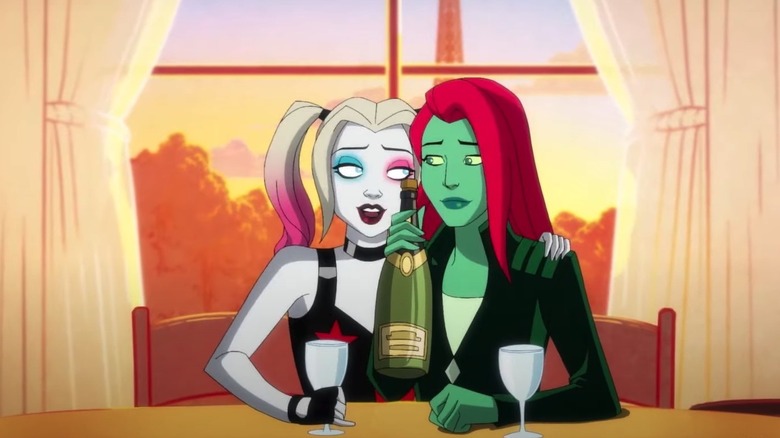





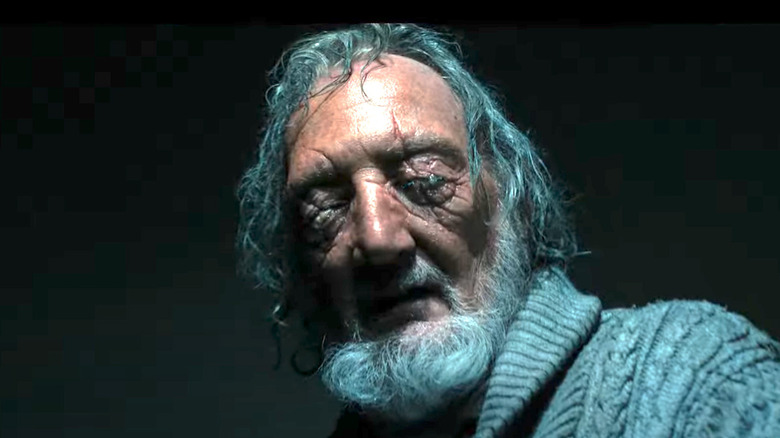
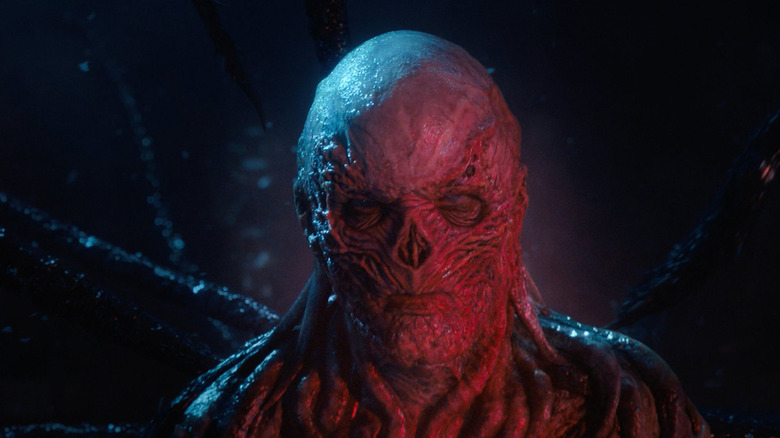
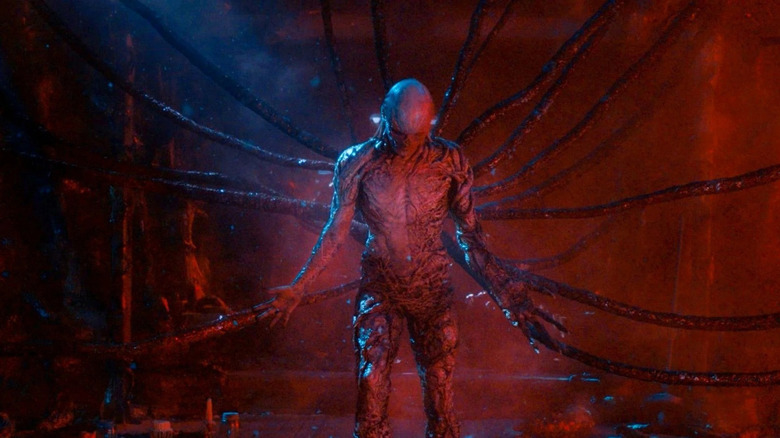
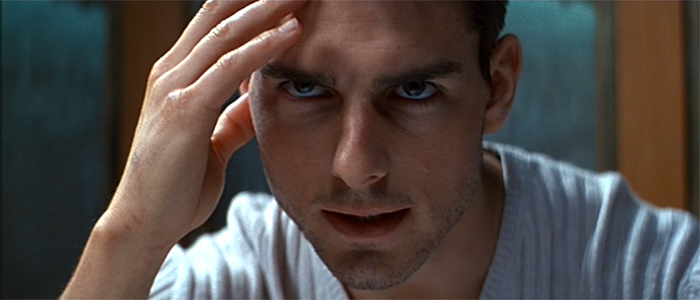
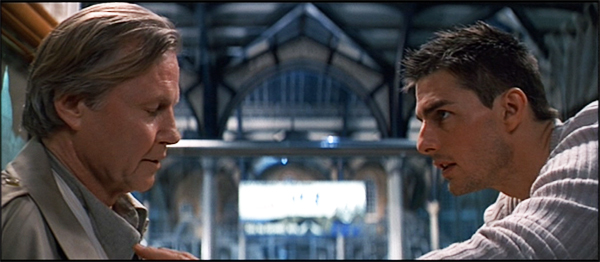
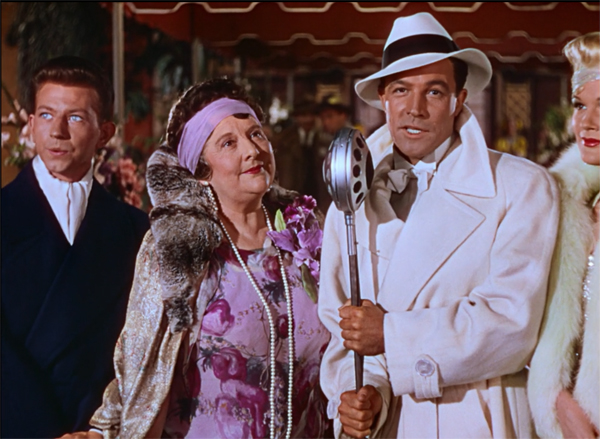
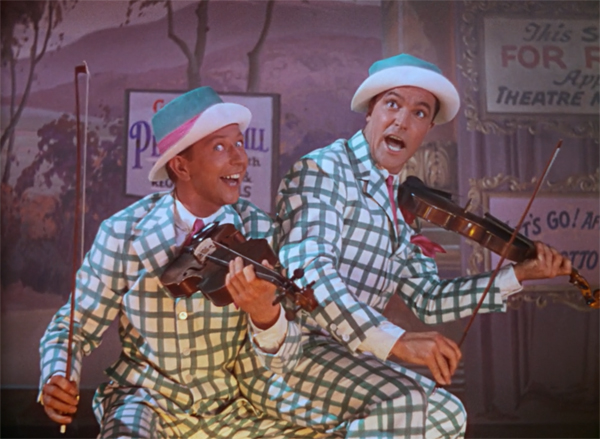
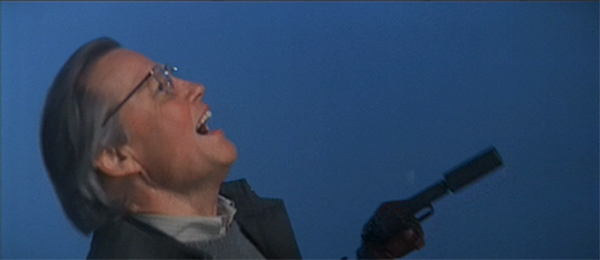
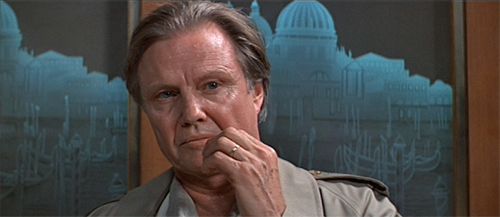
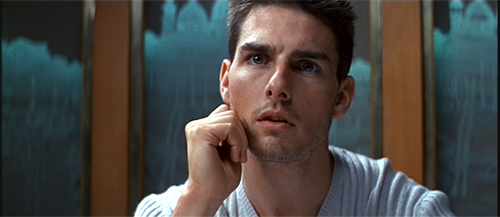
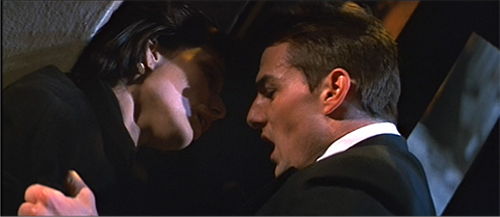
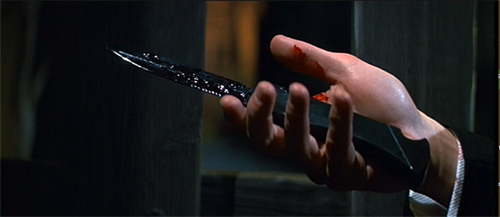
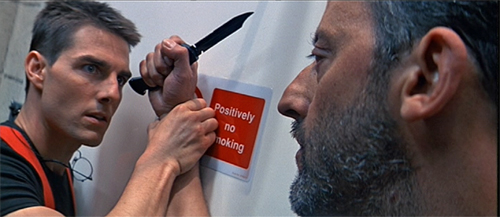
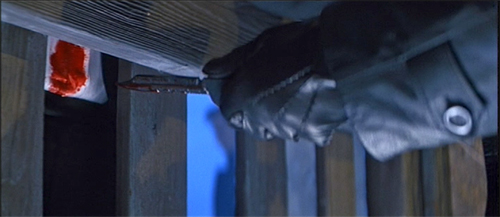
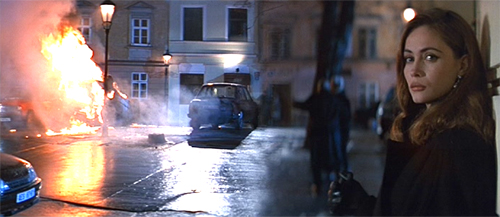
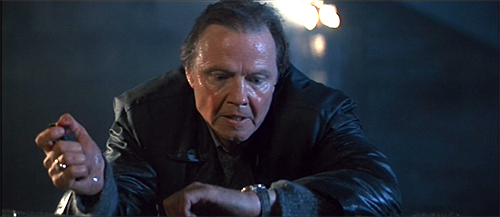
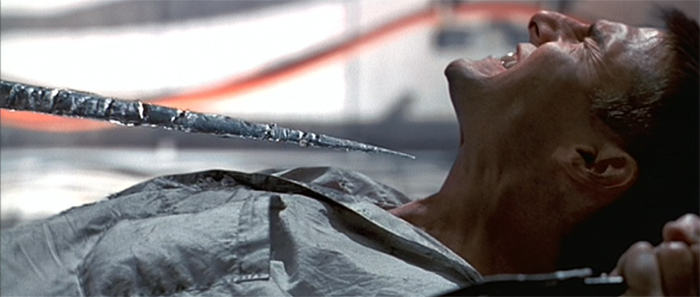
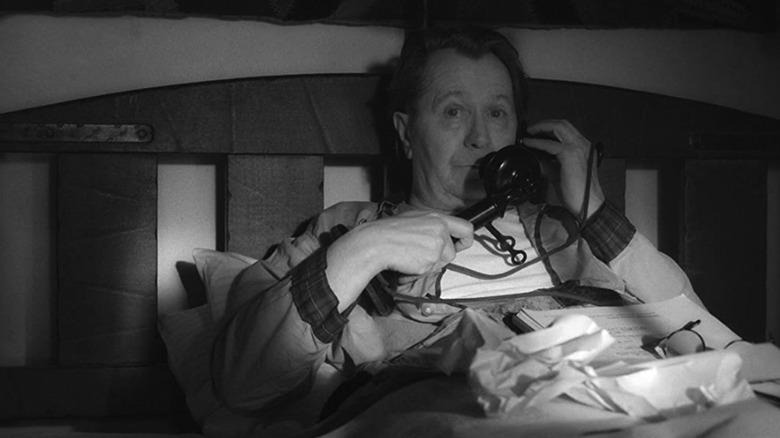
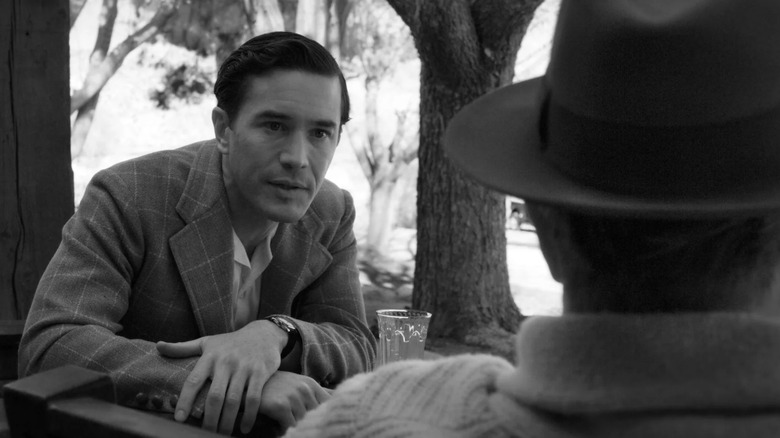
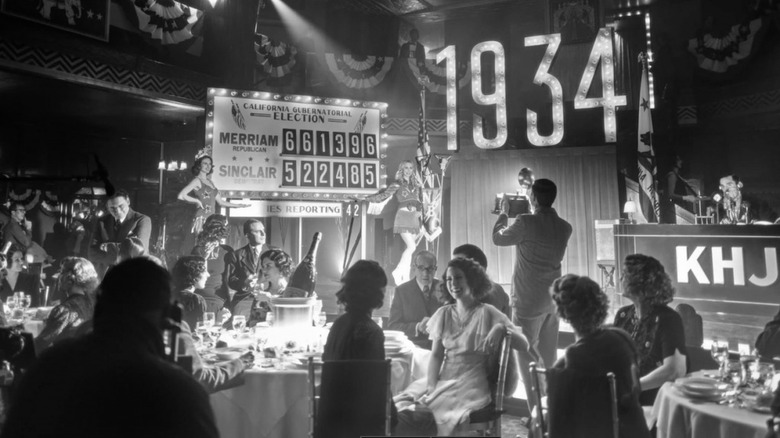
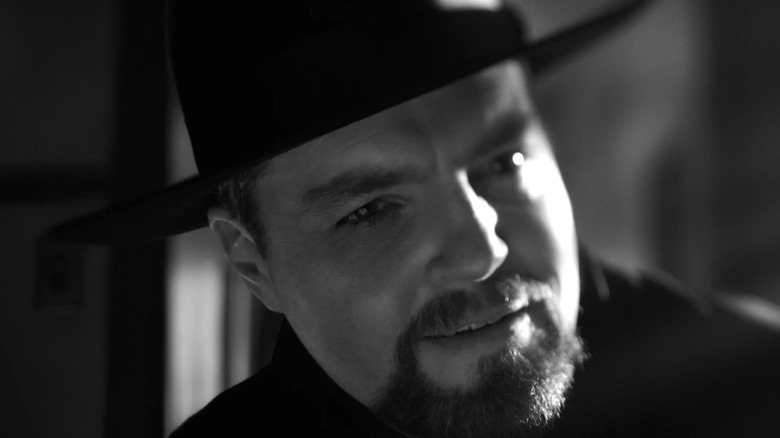
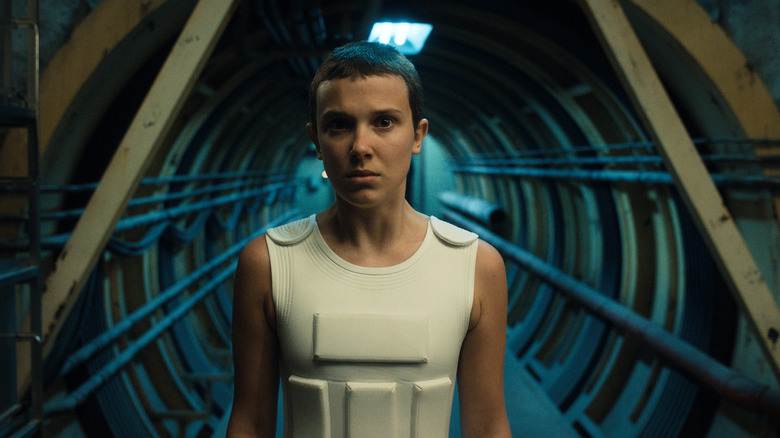
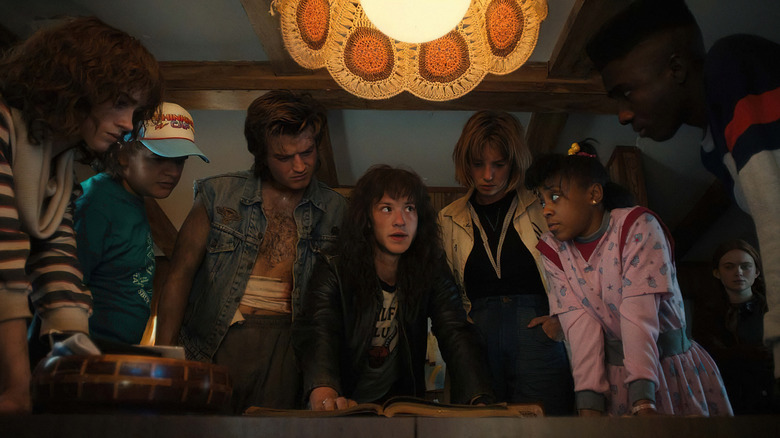
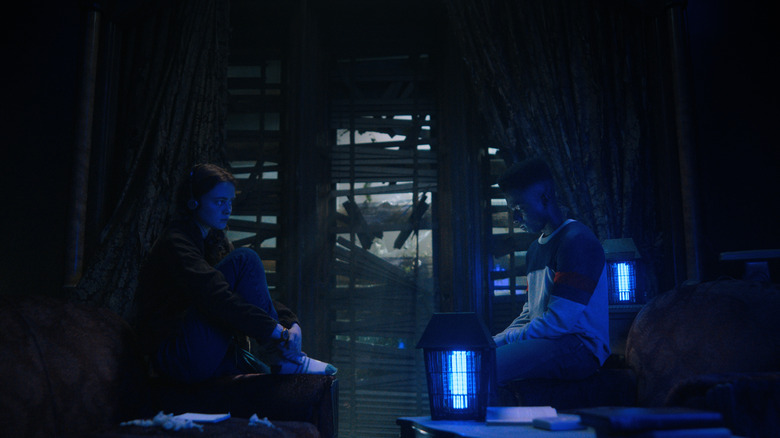

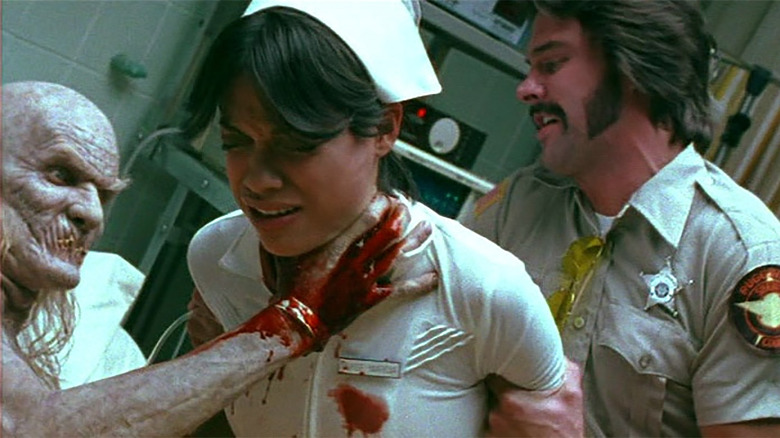
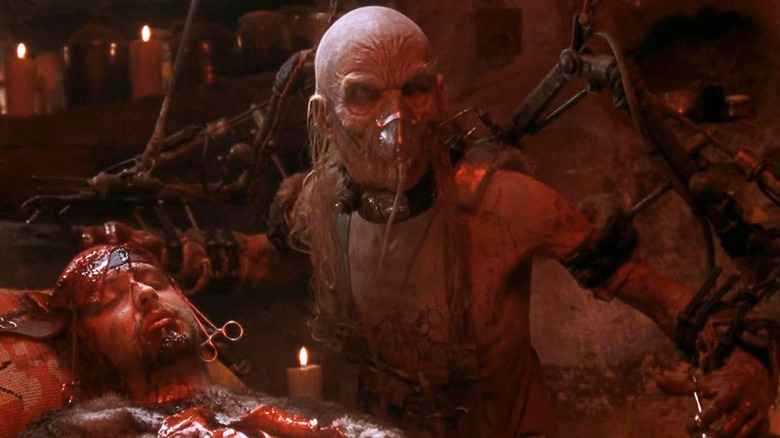
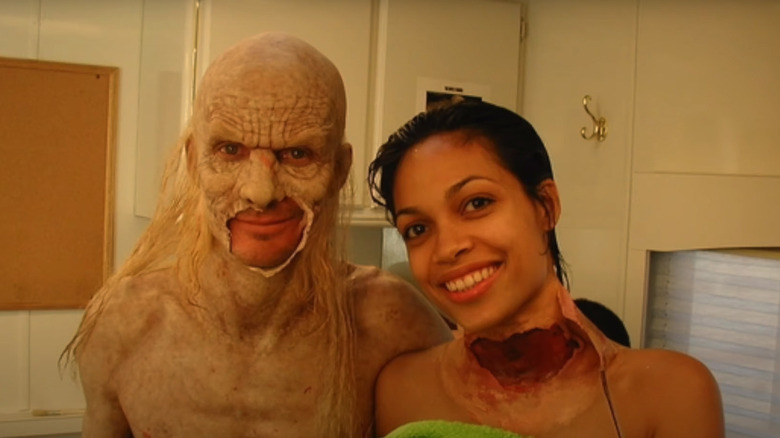
![[Article] THE PRINCESS & Its Most Difficult Action Sequence](https://i0.wp.com/www.nightmarishconjurings.com/wp-content/uploads/2022/06/ThePrincess_R06_34_FIN06_1SHT_DIGITAL_sRGB_V3.jpg?resize=640%2C948&ssl=1)



